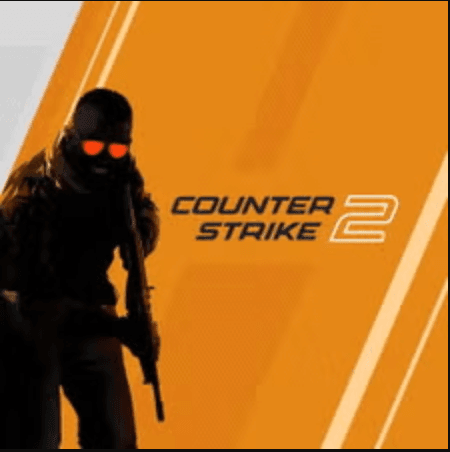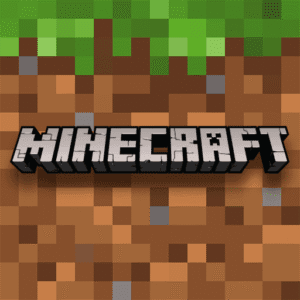The Two Front War: Legal Battles and New Rivals Threaten Palworld’s 2026 1.0 Launch
Popular Now
 Black Myth: Wukong
Black Myth: Wukong
 Call of Duty
Call of Duty
 NBA 2K24
NBA 2K24
 Roblox
Roblox
 Schedule I
Schedule I
 PUBG Mobile
PUBG Mobile
 EA SPORT FC 25
EA SPORT FC 25
 BeamNG.drive
BeamNG.drive
 CarX Street
CarX Street
 The Legend of Zelda
The Legend of Zelda 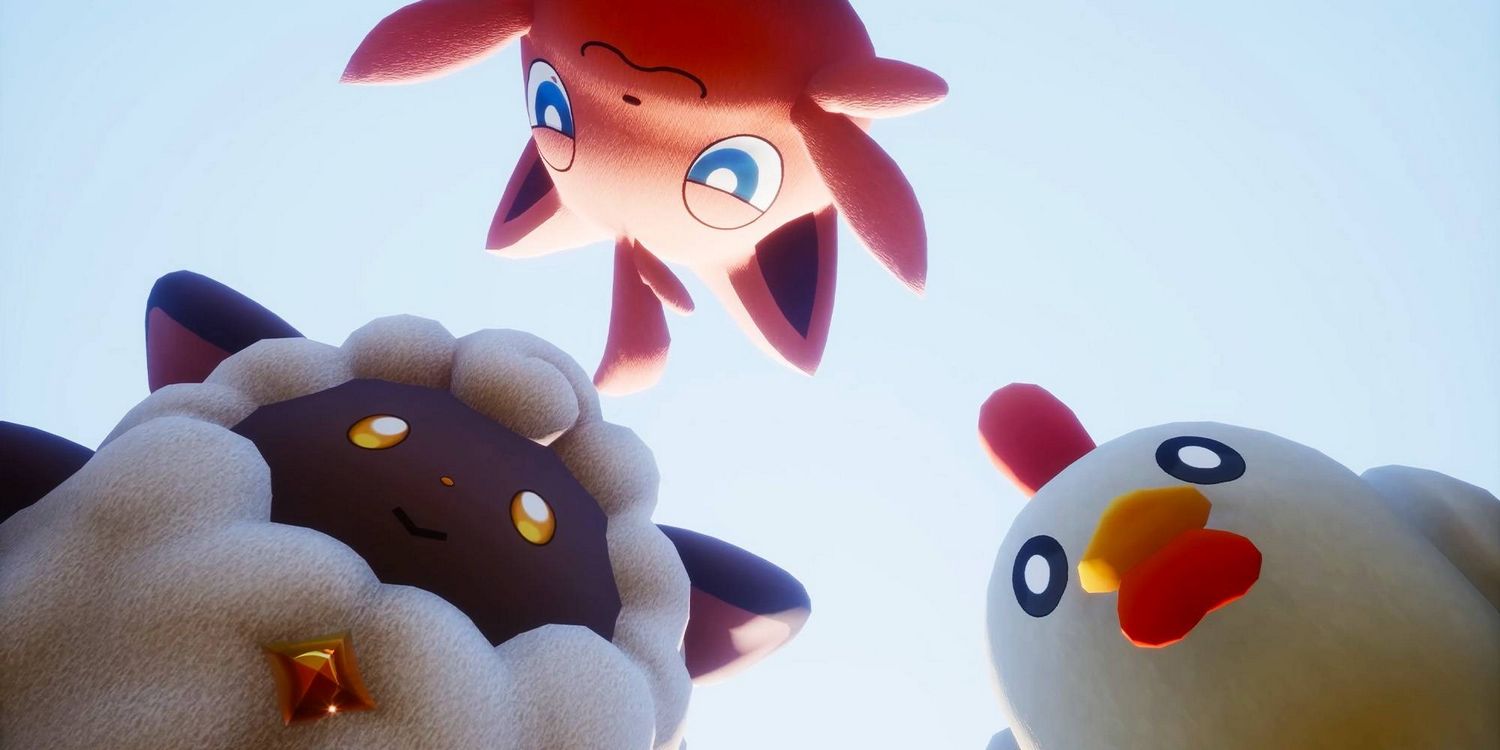
The year 2026 is shaping up to be a definitive, and perhaps most challenging, period for Pocketpair’s global gaming phenomenon, Palworld. What began as a surprising Early Access success, blending the mechanics of survival-crafting with creature collection, now finds itself embroiled in a high-stakes, two-front conflict. On one side, a protracted, heavyweight legal battle continues to rumble. On the other, a new wave of well-funded, ambitious competitors is beginning to crowd the very monster-taming ARPG space Palworld carved out. The successful 1.0 launch planned for 2026 hinges on Pocketpair’s ability to navigate these simultaneous pressures.
The developer, in a recent candid update, confirmed their commitment to exiting Early Access in 2026, promising a “truly massive amount of content” alongside the highly-anticipated ‘World Tree’ area. This ambitious schedule, however, is set against a backdrop of legal friction and emerging market threats that demand strategic focus and flawless execution.
Front One: The Lingering Shadow of Litigation
The first, and arguably most critical, front in Palworld’s war is the ongoing legal action initiated by Nintendo and The Pokémon Company. Despite Palworld’s massive commercial success, this patent infringement lawsuit casts a long shadow over the full release. The legal contest centers not on direct copyright of creature designs—a controversial point since launch—but specifically on gameplay mechanics protected by recently filed patents, including systems related to creature capture, deployment, and riding.
Pocketpair has stated its intention to legally fight the case, but the impact is already visible. The studio has had to make noticeable, albeit subtle, changes to certain in-game mechanics to preemptively address infringement claims. This process of legal defense and mechanical re-engineering pulls significant resources—both financial and developmental—away from core content creation, a reality that cannot be understated for a mid-sized studio. The focus on “cleaning up the game’s quirks and jank” ahead of the 1.0 launch, as stated by the developers, is a necessary technical measure, but the legal requirement to vet and potentially alter core features adds immense overhead to the development pipeline.
The outcome of this legal standoff will set a major precedent in the industry regarding the boundaries of inspiration versus infringement, especially concerning patents filed in the wake of a competitor’s success. A negative ruling could force dramatic, potentially game-changing alterations just as the game reaches its official release, directly impacting player reception and the return on the Early Access investment.
- Key Challenge: The diversion of premium development resources and time to legal defense and mechanical overhauls.
- SEO Focus: Patent Infringement Lawsuit, Gaming Legal Precedent, Pocketpair vs Nintendo, IP Law in Video Games.
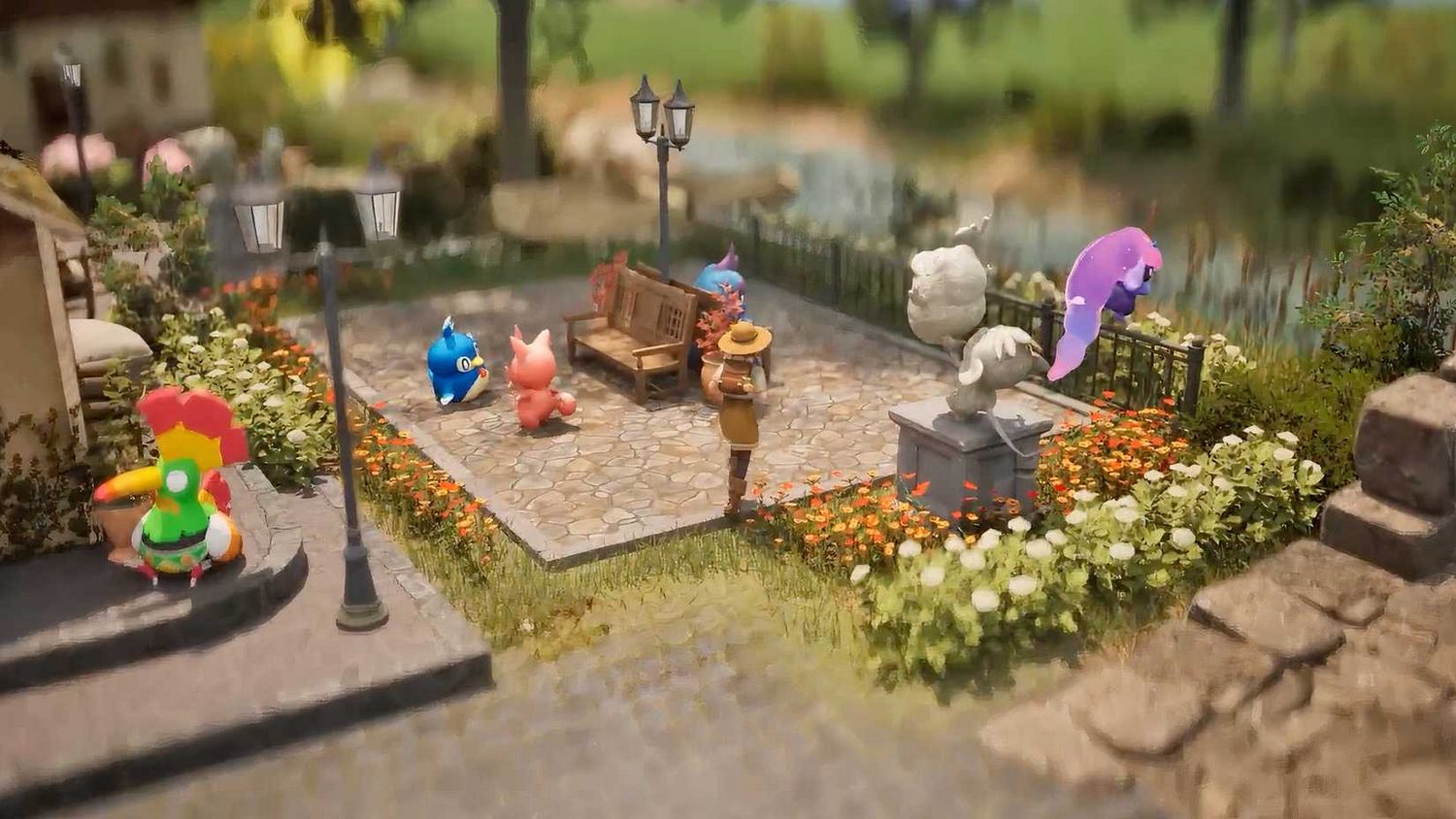 Front Two: The Rising Tide of Creature-Collector Competitors
Front Two: The Rising Tide of Creature-Collector Competitors
The second front of this war is a direct challenge to Palworld’s market dominance. Palworld proved the existence of a huge appetite for a mature, action-oriented, and open-world take on the creature-collecting genre. Now, other studios—including well-funded ones—are rushing to fill the same niche with their own unique selling points, aiming to launch concurrently with Palworld’s 1.0 or shortly after in late 2026.
A notable emerging rival is Aniimo, an open-world Action RPG slated for a late 2026 full launch, featuring free-to-play cross-platform accessibility and a reported emphasis on deeper narrative integration and ethical creature design, starkly contrasting Palworld’s controversial Pal labor system. Aniimo is aggressively targeting the high CPC (Cost Per Click) market of players looking for a visually polished, high-fidelity experience, often associated with competitors like Genshin Impact.
Furthermore, the general survival-crafting genre is seeing a resurgence, with major announcements at TGS 2025 revealing new titles that will compete directly for the same player base, particularly those interested in base building and large-scale multiplayer engagements. Palworld’s momentum, while impressive, must now be maintained against a field of products that learned from its success and failures.
Pocketpair is attempting to counter this by expanding its own ecosystem, with the announcement of Palfarm, a cozy life-sim spin-off. While a strategic diversification, it is a risk to pull even small teams from the 1.0 core development to focus on a niche cozy gaming market, even if it adds to the overall Palworld IP value. The core game needs to deliver the “massive amount of content” promised, including the long-awaited World Tree, to retain its millions of users and fend off the competition offering polished, day-one alternatives.
- Key Challenge: Retaining market share and player engagement against new, technologically polished competitors in the open-world ARPG and survival sandbox genres.
- SEO Focus: Palworld Competitors 2026, New Monster Taming Games, Open World ARPG 2026, Aniimo vs Palworld, Best Survival Games.
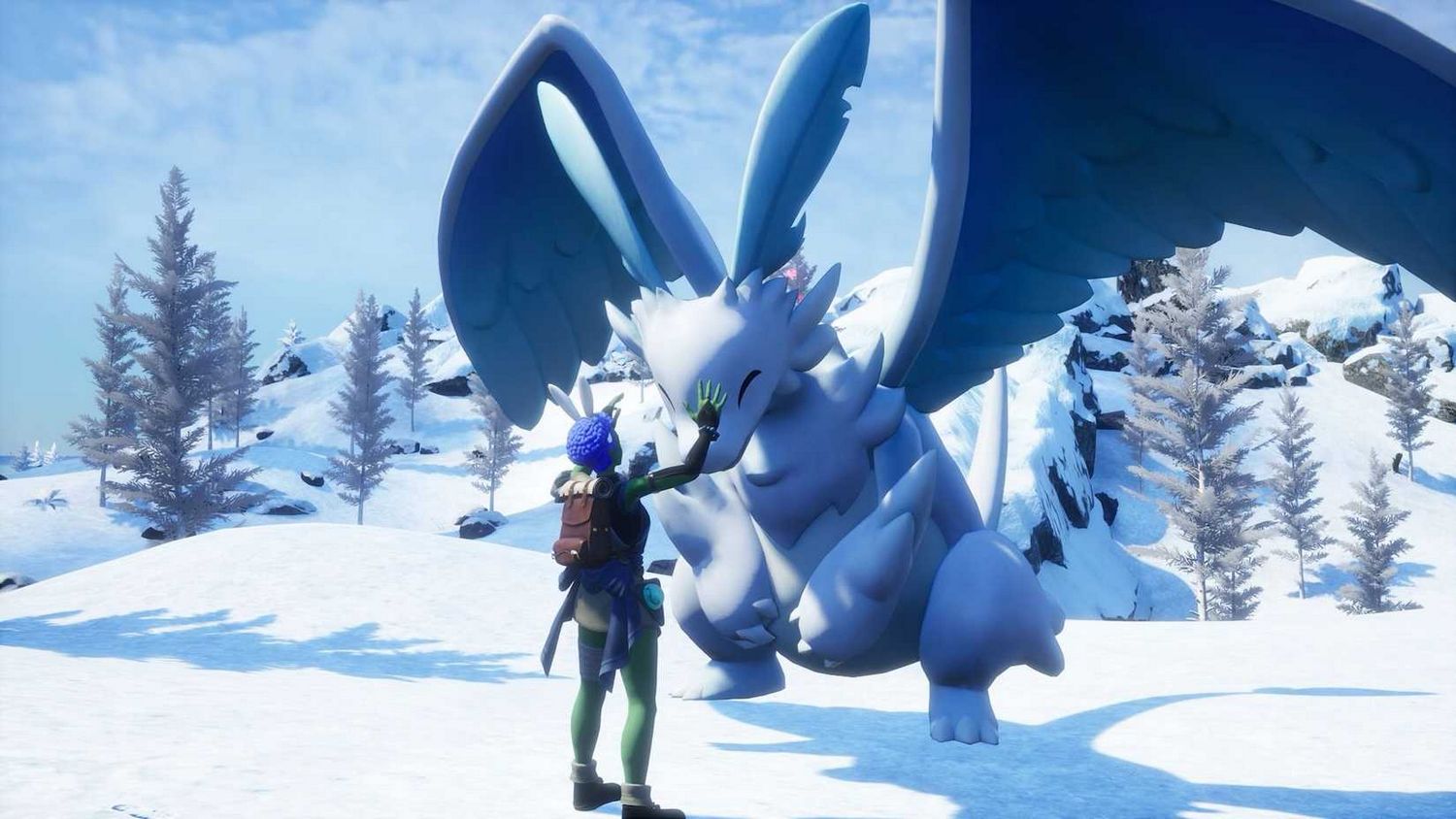 The Road to 1.0: A Strategy of Refinement and Expansion
The Road to 1.0: A Strategy of Refinement and Expansion
Pocketpair’s response to this two-front war has been a strategic shift toward internal refinement for the remainder of 2025, temporarily slowing major content drops outside of a few planned “surprises” for the winter update. This is a crucial move. The studio is prioritizing a stable, clean 1.0 release, acknowledging the community’s persistent feedback regarding the game’s “quirks and jank.”
The 1.0 update is not just a patch; it is positioned as a declaration of full maturity. The integration of the World Tree is a symbolic and functional cornerstone of this release, expected to introduce new environmental challenges, high-level Pals, and significant story progression. To succeed, this update must be seamless, free of major technical debt, and offer depth that goes beyond the current Early Access sandbox loop, thereby validating the faith of its vast player base and justifying the full release price.
Furthermore, the studio’s foray into Pocketpair Publishing highlights a shrewd business strategy, leveraging Palworld’s financial success to fund smaller teams and secure a foothold in other adjacent indie markets. While this doesn’t directly help the main game, it builds a resilient corporate structure outside of the Palworld IP, a crucial move given the ongoing legal uncertainties.
The year 2026 will be the ultimate test of Palworld’s long-term viability. Success demands not only a favorable legal outcome but also a 1.0 release that is a polished, content-rich evolution capable of dwarfing the initial ‘Pokemon with guns’ novelty and standing firm against a freshly competitive gaming landscape. The pressure to deliver a technically sound, market-leading experience has never been higher for the developers.
The battle is on, and for Pocketpair, the war on two fronts is now a reality.
- Target Keywords (High CPC/SEO): Palworld 1.0 Release Date, Survival Crafting MMO, High Traffic Gaming News, Video Game Development Strategy, Cross-Platform Gaming.

Disclaimer: This analysis is based on current available public statements from Pocketpair, news reports regarding the ongoing legal proceedings with Nintendo/The Pokémon Company, and information about announced competitor titles in the creature-collection/ARPG genre, current as of late 2025. Game development plans and legal outcomes are subject to change.



